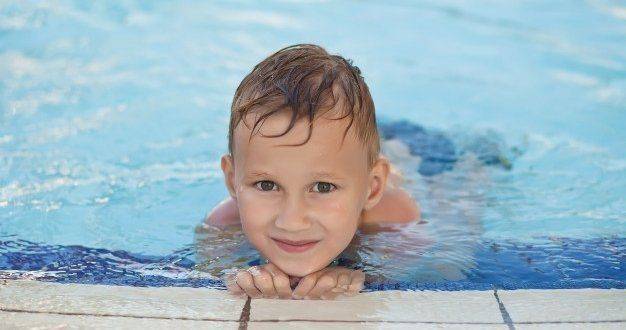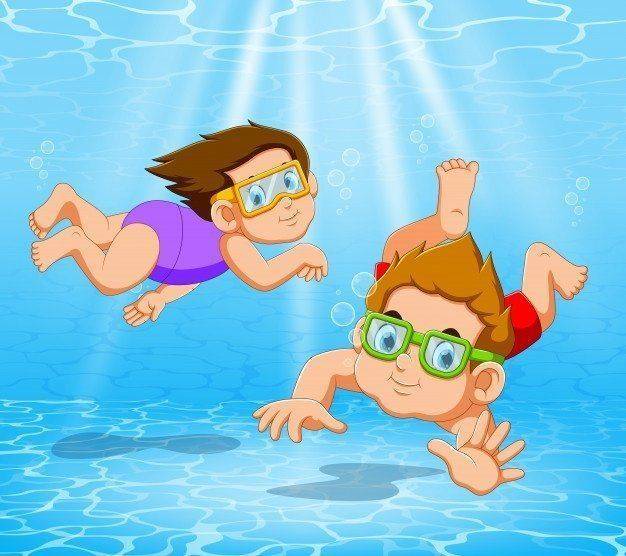
This article gives basic tips and exercises that you can apply to familiarize yourself with the correct breathing technique while swimming. Breathe properly
Never alone is a child even an adult, always with the input and supervision of a qualified graduate coach!
Learning proper breathing technique is often one of the most important challenges one faces, aside from learning how to float.
Breathe properly
Once you have good control over your breathing and learn proper swimming technique, breathing is perfectly coordinated with your swimming style and relaxed swimming becomes dynamic.
Basic breathing tips

Some general tips that will help a lot are the following:
- Wear swimming goggles. Without glasses, water gets into your eyes and irritates them. Additionally, having water in your eyes prevents you from seeing clearly and this often creates anxiety. So by using glasses, you have one less thing to worry about, and you become more relaxed. So you can learn the correct breathing technique more easily.
- In swimming strokes where you dip your head, do not hold your breath, but exhale continuously when your face is in the water.
- If done correctly, your lungs should be almost empty when you lift your head to breathe again.
- Inhale quickly as your mouth clears the water. This should happen naturally if you have properly exhaled in the water before, as explained above.
Basic breathing exercises
The following basic exercises can be used to familiarize yourself with the technique of breathing in water. Wear swimming goggles to practice these exercises.
Exercise #1: in shallow water, hold your breath, then bend down so that your head is under the water. Stay in this position for a few seconds and then stand up.
Exercise #2: same as exercise #1, but exhale underwater through the nose so that bubbles are created.
Exercise #3: same as exercise #2, except now you are blowing bubbles with both your nose and mouth.
Exercise #4: in shallow water, bend down until the surface of the water is between your nose and mouth. Now try to inhale through your nose and exhale underwater through your mouth.
Exercise #5: in shallow water, submerge your face and blow bubbles through your mouth, nose, or both. Then hold on to the edge of the pool and try to get in a horizontal position with your face down. Continue blowing bubbles from your mouth and nose. To come to a horizontal position, you can do a loose kick.
Exercise #6: Dive and surface in shallow water. Inhale while your head is above water and exhale while your head is under water.
This exercise will get you used to rhythmic breathing, a skill that will come in handy later when learning the different swimming styles.
Saltamanikas Nikolas
TEFAA graduate, swimming specialty
Class A swimming coach

No Comments